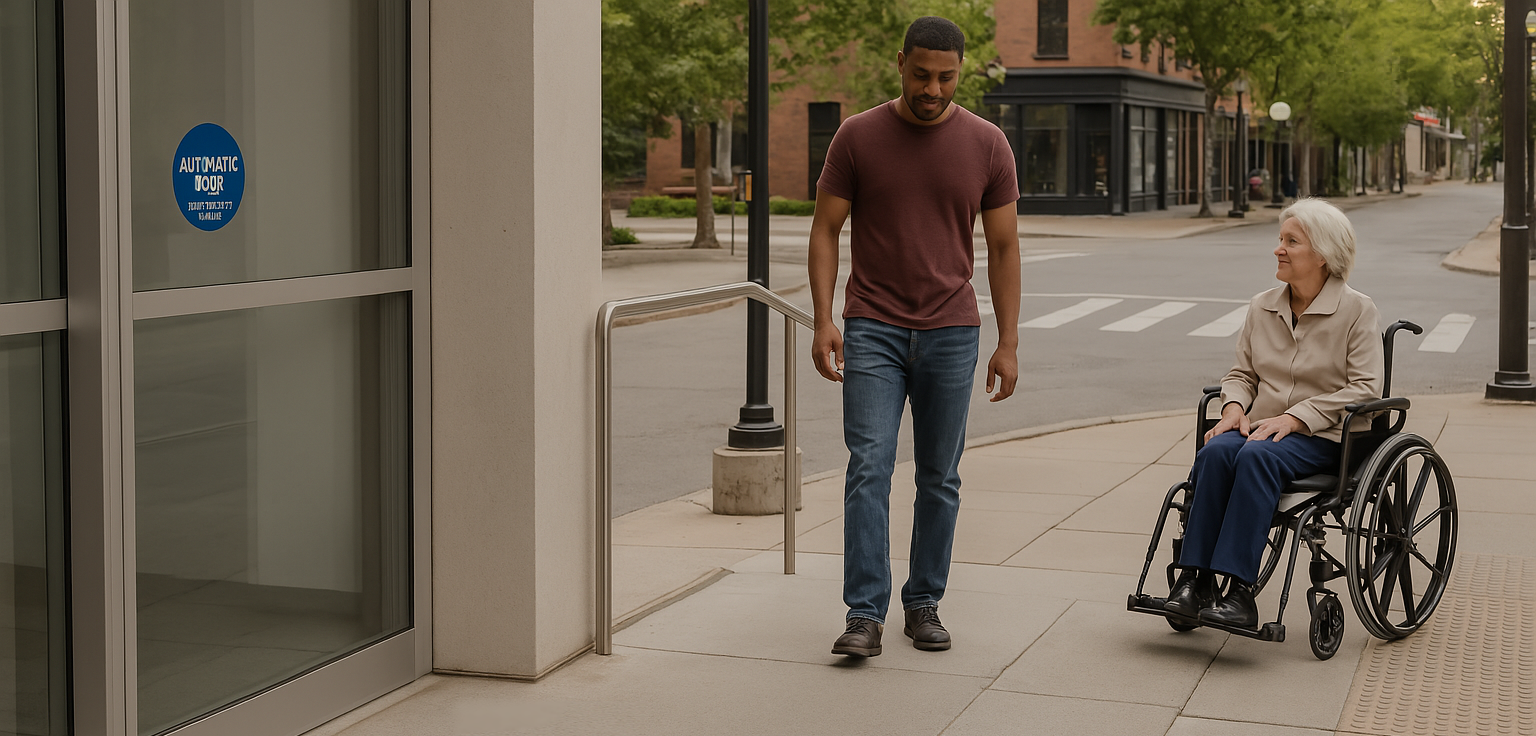Ensuring accessibility in public spaces is not just a legal requirement but a fundamental aspect of creating inclusive environments. The Americans with Disabilities Act (ADA) Title III and ANSI 117.1 establish essential accessibility standards to ensure that individuals with disabilities have equal access to public spaces. However, compliance with these regulations continues to be a widespread challenge, leading to numerous lawsuits. In 2023 alone, over 4,600 ADA-related lawsuits were filed in the United States due to non-compliance with both physical and digital accessibility requirements. The highest concentrations of these lawsuits were in New York, Florida, and California, states known for stringent enforcement and high levels of litigation related to accessibility concerns.
Non-compliance issues frequently arise from design flaws, construction errors, or misinterpretations of accessibility guidelines. In many cases, property owners end up paying legal fees and fines, while someone has to bear the cost of reconstruction to bring the space up to standard. Whether due to overlooked design details or inconsistencies during the construction phase, businesses and property owners risk facing significant legal and financial repercussions if their spaces fail to meet ANSI 117.1 standards. The impact of non-compliance extends beyond legal costs; it can damage an organization's reputation, reduce business opportunities, and create barriers for individuals with disabilities. Rather than waiting for compliance issues to surface later in the process, proactive measures should be taken from the beginning to prevent costly rework and legal disputes.
Many organizations rely on ADA consultants and third-party inspectors to ensure compliance, which is an essential step in the process. These professionals provide critical insights and expertise, helping businesses navigate the complexities of ADA regulations. However, their services can be costly, and they are often engaged too late in the design and construction process, when addressing accessibility issues becomes more expensive and time-consuming. What if there were a tool capable of identifying the most obvious compliance issues during the initial design phase? By leveraging technology to detect potential ADA violations early, businesses could significantly reduce errors, save money, and ensure greater accessibility.
One of the primary challenges in validating drawings for ADA compliance is the constraint of time. The design and construction industry operates on tight schedules, often requiring quick turnarounds that can compromise the thoroughness of accessibility validation. Architects and engineers are frequently pressed to complete their drawings under time-bound conditions, limiting the extent to which they can analyze compliance issues. As a result, critical accessibility elements may be unintentionally overlooked, leading to avoidable modifications later in the project.
This is where dodda.ai serves as an intelligent assistant, helping architects, designers, and builders validate their models (Revit) for ADA and ANSI 117.1 compliance in real-time. Our AI-powered tool is designed to assist in validating their drawings for ADA and ANSI 117.1 compliance in real-time. Unlike traditional manual inspections, our technology seamlessly integrates into the design workflow, allowing users to identify potential compliance issues as they develop their designs By catching these issues early in the process, dodda.ai helps ensure that accessibility compliance is incorporated from the beginning, reducing costly rework and legal risks.
By leveraging artificial intelligence, dodda.ai streamlines the validation process, making accessibility compliance more efficient, accurate, and cost-effective. Try dodda.ai today and take the first step toward ensuring your designs meet ADA and ANSI 117.1 standards effortlessly. With our tool, accessibility is no longer an afterthought—it becomes an integral part of the design and construction process, ensuring that spaces are inclusive and accessible for everyone.
